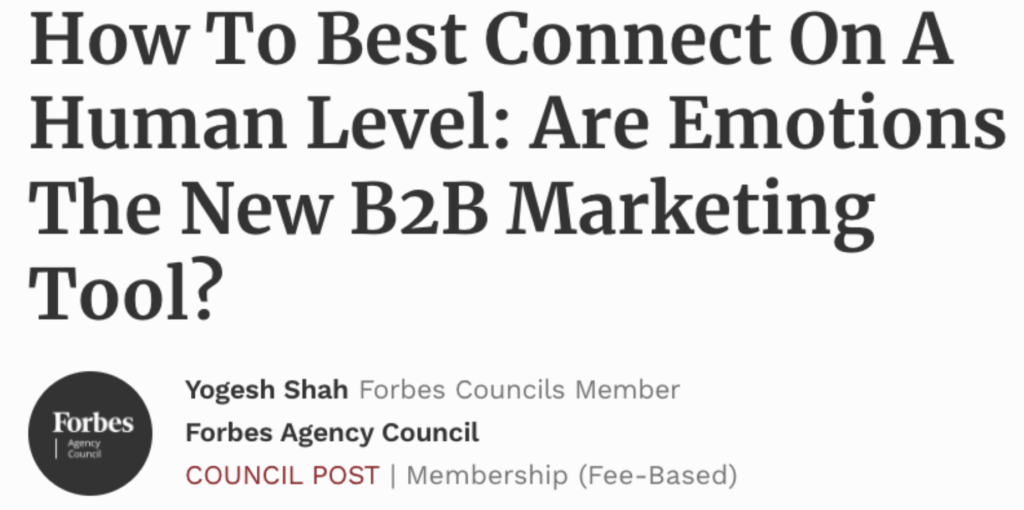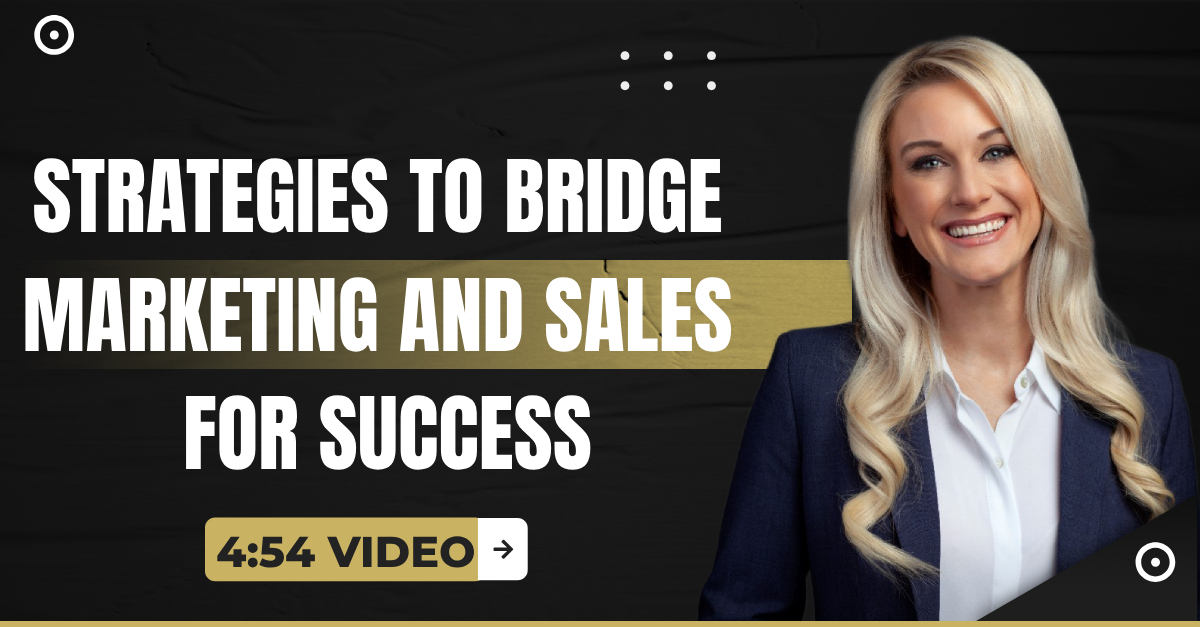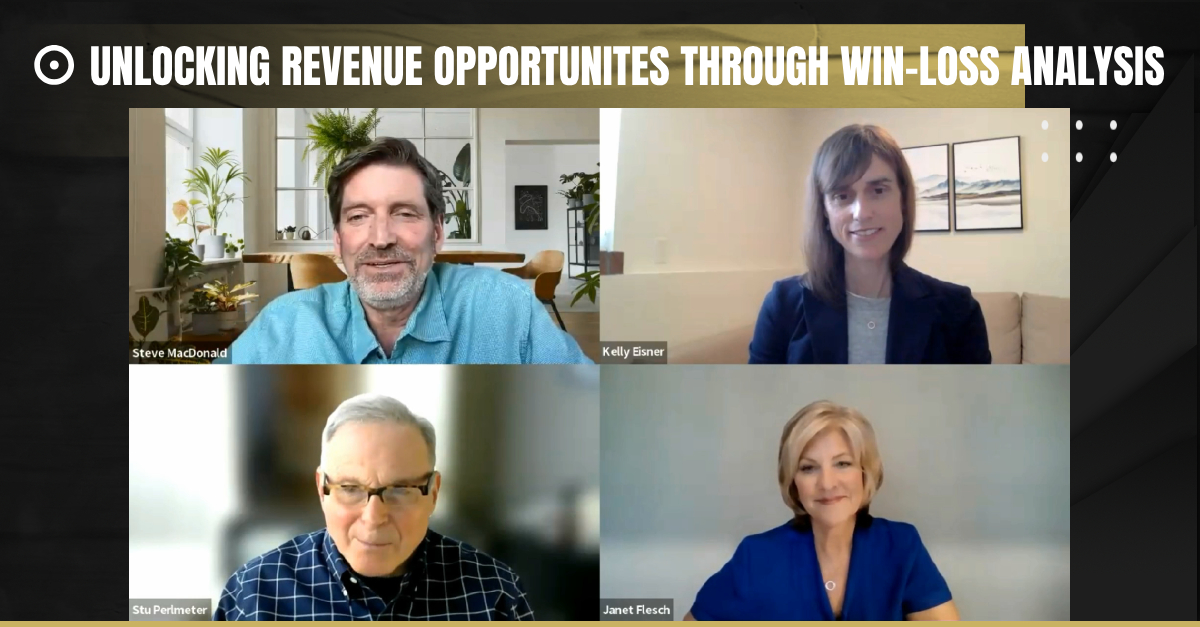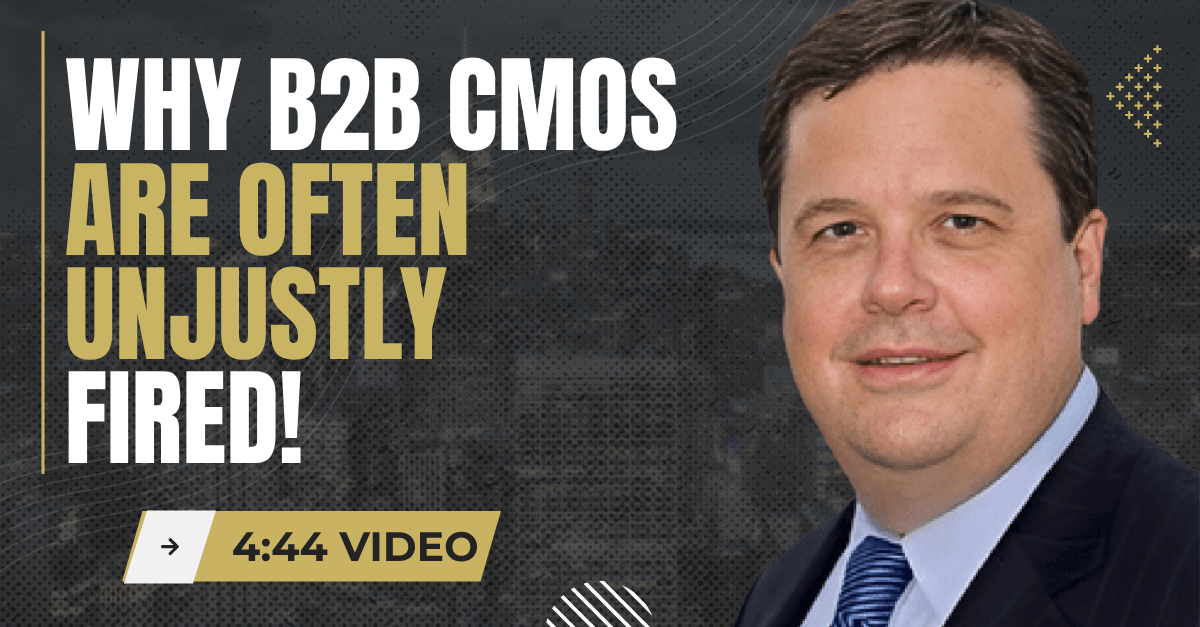Solving the Lead Gen Crisis for B2B CMOs
Something needs to change if 99% of B2B leads never convert

Content Marketing Is Complicated. For B2B sales, we simplify your path to being recognized as industry experts with the highest sales closing rates. As B2B founders, we know how to create content that positions your business as an authority, makes the case for your technology, confronts rational/emotional hurdles, and elevates your salespeople to trusted advisors—your competitive advantage in an ABM sales world. OUR PROMISE is to make your reputation a powerful and effective addition to your company’s core competencies.
In the world of B2B, the success metrics that truly count are ARR and MRR, which are driven by converting leads into revenue-generating clients. However, the harsh reality is that a meager 1% of B2B leads ever make the transition to becoming paying customers. This means that marketing and sales are spending way too much time and effort on low-quality leads.
To rectify this, B2B CMOs must focus on improving the quality of their leads rather than chasing sheer quantity. This calls for adopting an account-based marketing (ABM) methodology that targets high-value leads, often occupied by top-level decision-makers, who are notoriously challenging to engage. Hence the question arises, what is the most effective approach to connect and engage these leads?
Starting Conversations is the Key to ABM's Success
After creating a laser focus on who your highest-quality customers are, the biggest obstacle to success is how to start the relationship.
This is where the digital introduction through content is so important, as 96% of B2B buyers review thought leadership content before making a purchase.
Content marketing solves problems, while thought leadership sparks conversations. - Forbes
Forbes put it best in terms of how to use content to start the relationship: “Content marketing solves problems, while thought leadership sparks conversations. Thought leadership content provides a connection point for B2B marketers and their target audience.”
If the goal is to ignite more conversations with fewer, higher-quality leads, this requires a deeper look into a leadership strategy.
Why a Thought Leadership Strategy is Perfect for ABM Success
Both account-based marketing and thought leadership rely heavily on insights and personalization for a very defined niche audience. However, some might say that any content-based strategy is broad in nature, whereas ABM is very narrow. The truth is that thought leadership carries with it a very specific point of view that attracts the perfect ABM audience. It is a targeting tool that goes beyond industry, role, and other demographics to target those that are interested in what you are sharing.
Forbes laid out the thought leadership development strategy well.
- Be unique and controversial, but in a good way.
- Be an expert on a particular topic or subject.
- Have a point of view that is unique from others in your field.

Thought leaders are individuals whose ideas, opinions, and beliefs spark interest while inspiring and motivating their audiences to take action.
The next section deals directly with how thought leadership content compels the purchase process.
What is Thought Leadership’s Impact on B2B Purchases
The following comes from a recent study by Edelman and LinkedIn on how thought leadership influences perception and buying behaviors among B2B decision-makers.
A major conclusion from this study was that earning trust and credibility with decision-makers requires strong thought leadership – especially if you are not an established market leader.
Earning trust and credibility with decision-makers requires strong thought leadership.
The following statistics represent the percentage of B2B decision-makers who say the following occurs “sometimes or more frequently” after engaging with a piece of thought leadership.
- 42% — Invited the organization to bid on a project (when that firm was not in their original consideration set)
- 48% — Awarded business to the organization responsible for the thought leadership
- 53% — Decided to increase the amount of business they did with the organization
- 54% — Purchased a new product or service from the organization that they had not previously considered buying
- 47% of buyers say thought leadership led them to discover and ultimately purchase from a company that was not considered to be among the leaders in a particular category (i.e., a challenger brand)
If these statistics aren’t enough to ignite new or reinvigorated efforts behind thought leadership, understanding the “why” behind the numbers might add more urgency.
- 65% of buyers say thought leadership significantly changed the perception of a company, for the better, due to a piece of thought leadership
- 64% of buyers say that an organization’s thought leadership content is a more trustworthy basis for assessing its capabilities and competency than its marketing materials and product sheets
- 63% of buyers also say that thought leadership is important in providing proof that an organization genuinely understands or can solve your specific business challenges
These last three facts allude to an emotional connection that is created based on trust and a genuine understanding of challenges.
Thought Leadership’s Emotional Power is a Deciding Factor in B2B Purchases
To start this section, it is important to know that 56% of final B2B purchasing decisions are based on emotional factors.
B2B buying involves more emotional factors than most marketers are aware of, which is why most B2B companies don’t do what it takes to address these emotional purchase accelerators.
- According to Gartner, “Customers are making complex decisions that may put their job at risk, negatively impact their organization, or cause distrust with other stakeholders when it comes to allocating budgets in the future.”
- 95% of decision-makers state that even before contacting a supplier, feeling a sense of connection to a supplier’s brand is as important as feeling confident about what they do.
Brand affinity is most important at the very beginning and at the very end of the buyer journey. It is critical for suppliers to have a strong brand in which customers feel emotionally invested.
Sure, companies need to satisfy customers’ rational needs and wants – having the right product at the right price – in order to enter the consideration set but in the race between silver and gold, emotion prevails. – The State of B2B Survey: Winning with Emotion
Four key emotions dominate when influencing purchase behavior:
- Trust in the supplier’s credibility
- Confidence in the supplier’s ability to deliver
- Optimism about what they could do for the buyer’s organization
- Pride in the prospect of partnering with the supplier
Addressing these four emotions alone increases the chances of the supplier winning the business by 50%.
To get ahead of the competition early in the process, thought-leadership expertise represented through content marketing is critical. Thought leadership paves the way to communicating a differentiated value proposition that allows your brand to stand out from the crowd.

Forbes’ #1 recommendation for taking advantage of emotions in B2B marketing is to create thought leadership content:
“Thought leadership content provides a connection point for B2B marketers and their target audience. This is especially true when content is specifically written to appeal to the human side of buyers. With this, brands can foster understanding and credibility among prospects. They do this by providing knowledge that will elevate them from anonymous employees to trusted advisors who have insights into their products or services.”
The supplier who establishes a thought leadership position is the supplier that carries favor with potential buyers. Business decision-makers reported that a demonstration of expertise via content marketing was the third-most important factor in evaluating suppliers under consideration. For enterprise decision-makers, thought leadership was even more influential (ranking as the second-most important factor).
Conclusion
Thought leadership is not only one of the most important strategies for attracting and engaging the right ABM audience, but it also works across the buyer’s journey, impacting everything from awareness to purchase, and especially the part of the sales process that comes before connecting with an actual salesperson.
The fact is that 95% of decision-makers state that even before contacting a supplier, feeling a sense of connection to a supplier’s brand is as important as feeling confident about what they do.
Thought leadership is a competitive advantage in addition to the products and services provided by B2B companies.
Next Steps
To learn more about how to create highly successful, revenue-producing thought leadership content and sales enablement strategies based on industry best practices from leading B2B CMOs, CLICK HERE to schedule a 20-minute strategy session.






